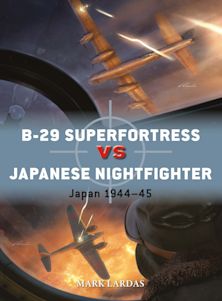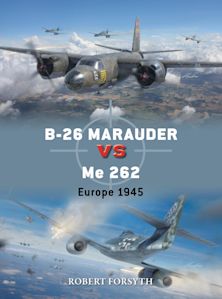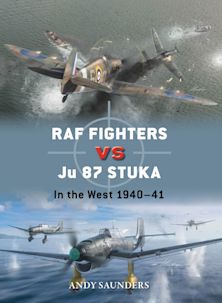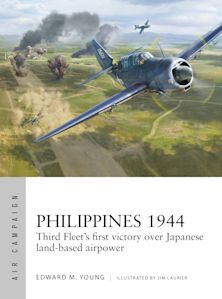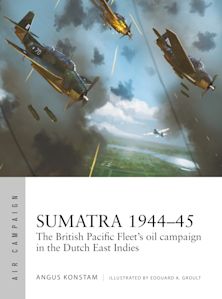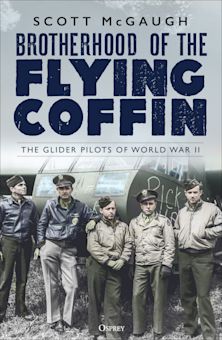Sopwith Camel
For information on how we process your data, read our Privacy Policy
Description
A British icon of World War I aerial combat, just as the Supermarine Spitfire is for World War II, the Sopwith Camel might more aptly be compared to the equally iconic (if one is Japanese) Mitsubishi A6M2 Zero. A superb dogfighter in the hands of pilots who mastered its vicious idiosyncrasies, the Camel also packed a considerable punch for its day as the first British fighter with twin machine guns. It has been credited with the most aerial victories of any fighter type of the conflict, but that statistic is somewhat misleading - and further muddied by the heavy losses Camel units suffered in 1918, as higher performance types began to eclipse the plane. Nevertheless, Camels appeared on several battlefronts to the end of the war and beyond - during the Russian Civil War, for example - and performed remarkably well in a variety of other roles, including as a ground strafer, night fighter, night intruder, and carrier-based fighter.
Table of Contents
Design and development
Technical specifications and variants
Operational history
Conclusion
Select bibliography
Index
Product details
| Published | Oct 23 2012 |
|---|---|
| Format | Paperback |
| Edition | 1st |
| Extent | 64 |
| ISBN | 9781780961767 |
| Imprint | Osprey Publishing |
| Illustrations | Fully illustrated with photographs and colour artwork |
| Dimensions | 10 x 7 inches |
| Series | Air Vanguard |
| Short code | AVG 3 |
| Publisher | Bloomsbury Publishing |
Reviews

Resources
Discover More
Visit our exclusive member's website to see artwork, maps, and more from this book.

Resources
Book Vote
Tell us what titles you would like to see published by Osprey, then vote for your favourites in our monthly book vote!
















